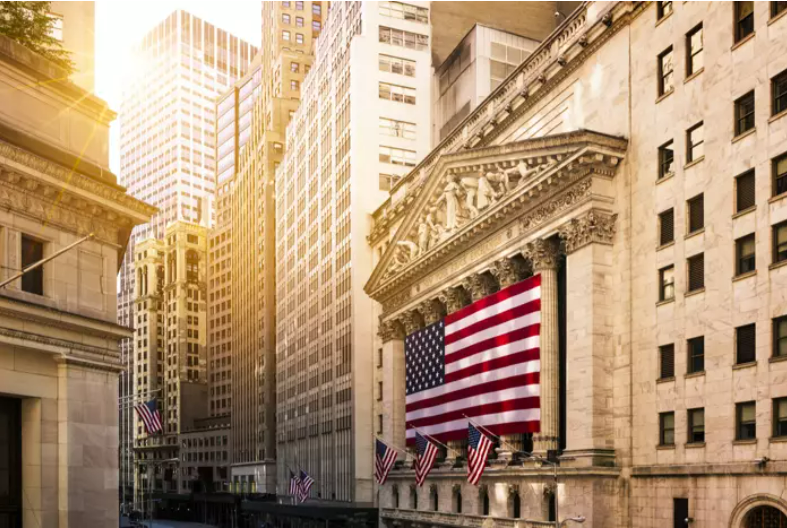
Jimmy Khan
Sep 23, 2022 14:35

As traders continue to pay attention to the aggressive Fed, the S&P 500 is still under pressure. A further deterrent for markets was today's Initial Jobless Claims data, which showed that 213,000 Americans applied for jobless benefits in a week. The Fed is being forced to boost rates rapidly in an effort to temper demand because the employment market is still tight.
Consumer cyclical equities, which were among the losses yesterday, are now under significant pressure. In today's trading session, shares of Expedia, Etsy, and Caesars Entertainment are down 5–8%. When customers cut down on "unnecessary" expenditures, the market gets ready for a recession.
Treasury rates are steadily increasing, which is negative for technology equities. The yield on 10-year Treasuries is now attempting to rise beyond the 3.70% mark. Such yields last seen in 2011 before this.
Among the greatest losers in the IT industry are AMD and NVIDIA. Traders worry that falling PC demand would adversely affect their performance.
The price of energy equities is rising right now. Refining stocks like Valero Energy, Phillips 66, and Marathon Petroleum are among the market leaders.
From a broad perspective, the market is still gloomy. Rising Treasury rates show that bond market participants are continuing to be ready for the Fed's aggressive rate increases. Stocks can come under greater pressure if Treasury rates reach fresh highs.
The S&P 500 is now attempting to settle below the 3750 level of support. In the event that this effort is successful, it will move in the direction of the next support, which is at 3725. A move below this point will allow for a test of the support level at 3700. If the S&P 500 drops below 3700, it will move in the direction of support at 3660.
The S&P 500's closest upward resistance level is found at 3780. The S&P 500 will go toward the next barrier at 3800 if it rises over this point. If this level is successfully tested, the S&P 500 will move closer to the 3825 resistance level.

Sep 22, 2022 14:54
